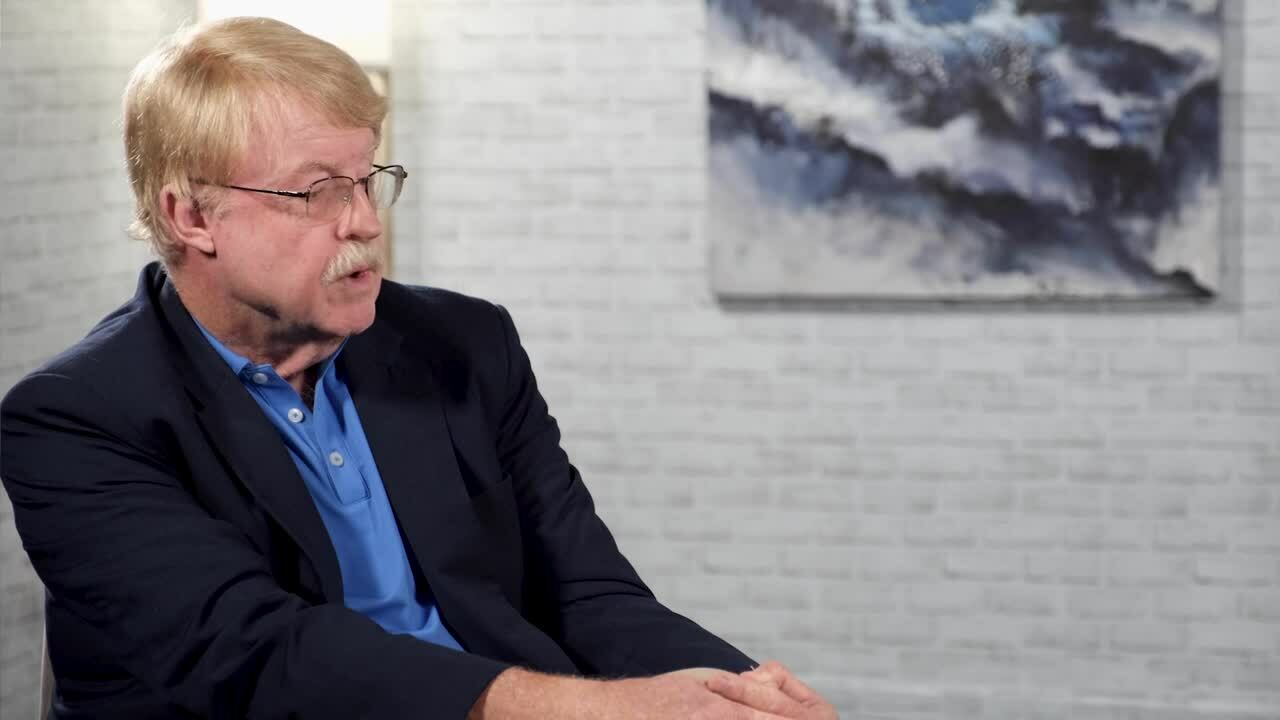
Michelle Rupp: Welcome and thank you for joining us today for AFMC TV. Joining me this morning is our president and CEO, Mr. Ray Hanley. Thank you for joining us on our first episode.
Ray Hanley: Thank you for having me.
MR: Ray, you have spent an enormous amount of time in the health care industry, in the health care realm. You’ve got, you’ve got quite a bit of longevity there. Let’s talk about some of the changes, good and bad, that you’ve witnessed during your tenure.
RH We’ve come a long way. We have. I started with Medicaid in 1986 when Medicaid was a small program covering the poorest of the poor. We had far too many people without coverage. I spent 15 years with three governors working to expand coverage. And if you look at Medicaid today from the small program and I started with in 1986, it’s the largest insurance program in the state bar none, hopefully with AFMC’s help. I think it’s a good program. It’s doing a lot of good and I’m really proud to have been involved in this for a long time.
MR: Let’s talk just briefly about AFMC’s role in the health care industry.
RH: AFMC started in 1972 as the Medicare Quality Improvement Organization. When I was the Medicaid director and needed help with Medicaid, I reached out to AFMC. I brought them in to do utilization review to help us determine what was medically necessary and not. To do provider relations to try to help the provider community with their issues which made them more receptive to seeing our patients. I got Medicaid into the transportation business and AFMC to monitor that, Transportation in a rural health situation like Arkansas is really critical. We oversee that today two million trips a year. We’re out there doing the provider relations work with the medical community, both on the policy side and the billing side. Our job has been to work with the medical community so they are receptive to see these patients. And I think we’ve done a good job.
MR: I was going to say and being very successful at it for sure. So, I’m going to ask you to look into your crystal ball and predict the future. What does health care look like in the next three years? What does it look like in the next five years?
RH: What it’s going to look like is more people covered. This country still has 30 to 40 million people with no coverage, which is unacceptable. And we have to all work together to expand coverage to get people into systems they’re already eligible for and don’t know it, through the federal exchange. We have to help areas that lack access to healthy foods, the food deserts. We need to identify those and work with those. We’ve got to work hard to improve the health status of Children because if you look at the recent Kids Count report, we don’t fare well with the health status and the economic well-being and Children in the state. And there’s a lot of work, I think, there that needs to be done.
